World
Reeling in the Queers: 14 fascinating stories of Irish Pride
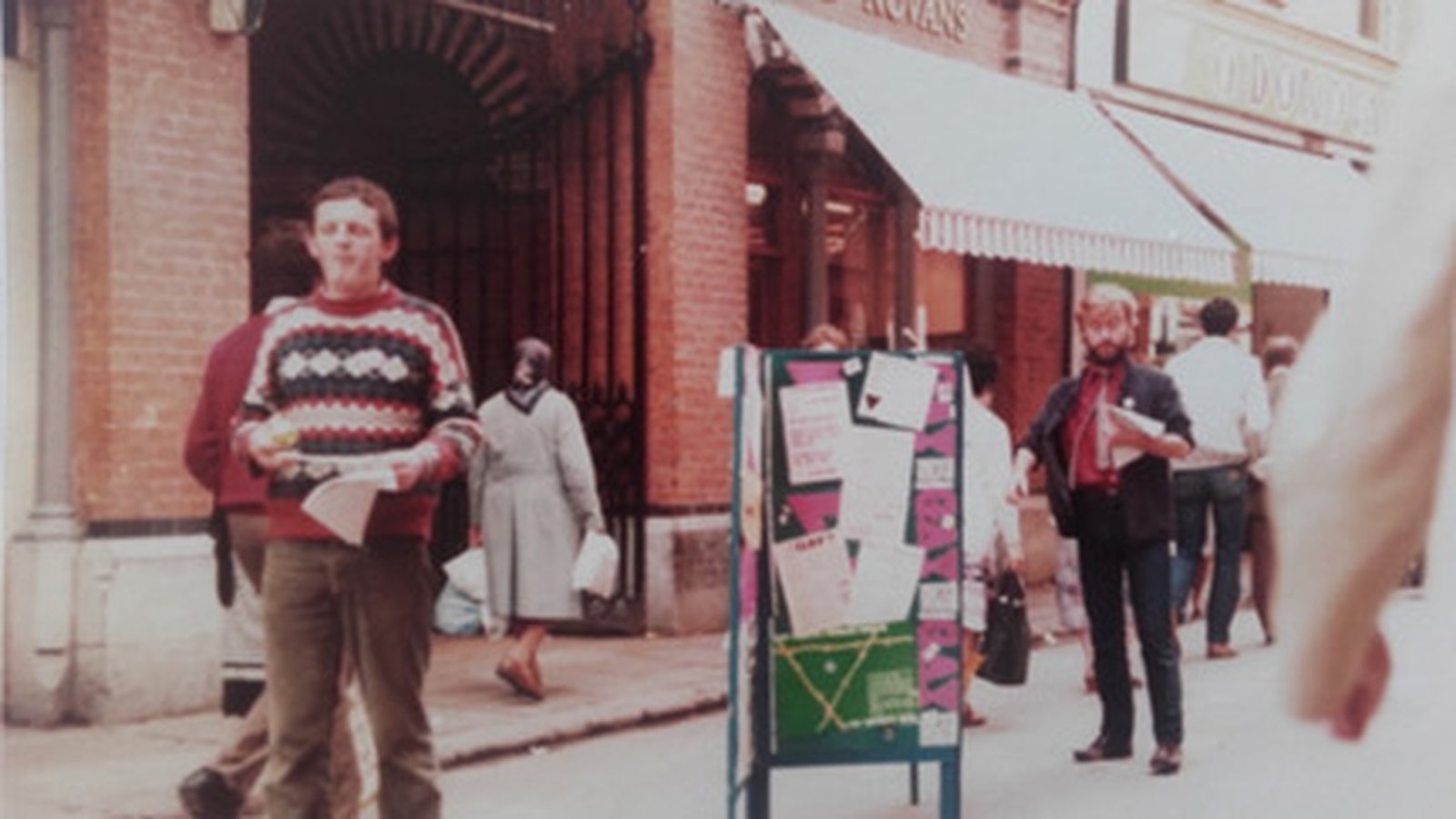
Earlier this month, Dr. Páraic Kerrigan, Assistant Professor in the School of Information and Communication Studies UCD, celebrated the launch of his new book, Reeling in the Queers: Tales of Ireland’s LGBTQ Past. You can read an extract here.
Mining the country’s past for queer stories through the lens of politics (Phil Moore, the mother of a gay son who led gay law reform), culture (4Guyz, the world’s first gay boyband), iconography (pink carnations in honour of Oscar Wilde), and celebrity moments (Hollywood superstar Rock Hudson’s weekend on the Irish gay scene).
Speaking over the phone following the official book launch, Kerrigan says that the idea for the project first came about while he was completing his PhD, researching LGBTQ+ representation in Irish media.
“I feel like, more so in mainstream Ireland and outside of the queer community, there seems to be a general sense that the key milestones are Marriage Equality, Decriminalisation in 1993, David Norris’ campaign for Homosexual Law Reform, Leo Varadkar rising through the ranks to becoming the Taoiseach.”
While these ‘big’ stories remain important markers in Irish history, the author insists that there are worthy contenders to be found in actions of every day people who provided hope, relief, support and joy to the queer community.
This book aims to ‘reel in’ these stories and save them from being lost to the annals of time: “My motivation was that this year marks 60 years from the first ever Pride march, it also marks 50 years since the founding of the Irish Gay Rights Movement, and I wanted to diversify the narrative.”
“When we think of history, we think it has to be political,” he continues, “but there’s also a hell of a lot of fun.”
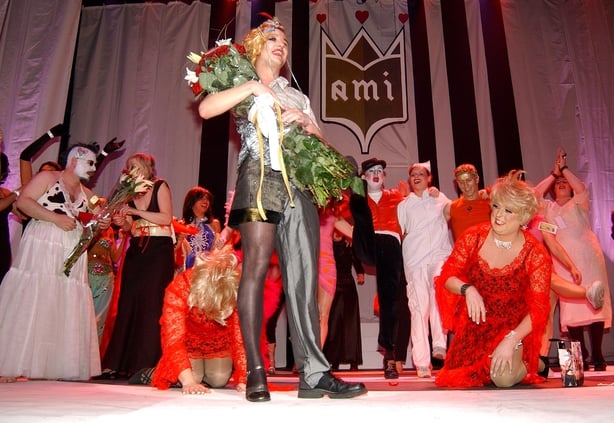
And, oh, what fun this book brings.
As far as Kerrigan can tell, Ireland was home to the first ever all-gay boy band. In chapter two, Out of the Closet and into a Boyband, readers will discover how a group of young Irish men known as 4Guyz went on the hunt for 1990s pop stardom, just two years after homosexuality was decriminalised.
Then there was Alternative Miss Ireland, a long-running drag pageant that was well underway in 1987 and became popular again in the early 1990s.
“This was well before RuPaul’s Drag Race” notes Kerrigan. “We’ve had a lot of fun moments and I think it’s important that when we think of these histories, we’re thinking of the fun and outrageous moments of queer joy. That’s so important in the community.”
The book also aims to shine the spotlight on pillars within the queer community who may not have gotten the recognition they deserved.
“We had the likes of Judith Storm who was a gender-diverse individual who established the National Transvestite Line and was really crucial towards helping people in terms of figuring out their gender identity. That kind of work was happening well before what many people would think.”

This colourful collection of stories was gathered through grassroots connections, speaking to people within the LGBTQ+ community to find snips that could then be researched and verified.
“Rita Wild, for example, was an active member of the Belfast Lesbian Community,” Kerrigan says. “She said, ‘did you know that once upon a time, there was a bus load of lesbians that drove across the Irish border in the midst of the Troubles with the aim of solidarity and creating community? We had a whale of a time’.”
“That turned into an entire chapter,” he laughs. “Chapter 10 is about the bus load of lesbians who came down with the aim of establishing community across the border.”
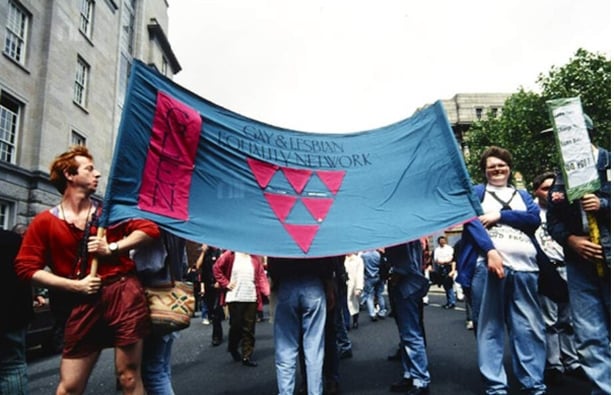
The idea of these stories being lost to time inspired Kerrigan to create a collection of 14 impactful vignettes. As well as honouring the past, though, he hopes to inspire future generations to take pride in their past.
“The emergence of Pride in Ireland is really interesting,” he says, explaining that while Pride is now a massive celebration that takes place in the heart of the city centre, the roots lie in small but powerful protest.
“The first Pride involved 14 people walking from the British Embassy to the Department of Foreign Affairs holding signs saying ‘Homosexuals are Revolting’. This was in June 1974.”
The Pride movement had emerged across globe following the Stonewall Riots in New York City in 1969. From there, celebrations and protests began to snowball, and by 1979 Ireland had its first ever Gay Pride Week.
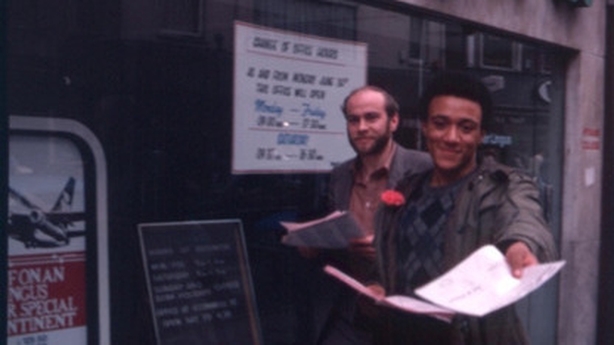
Staple events of that time include the Gay Pride Picnic in Dublin’s Phoenix Park and Stephen’s Green, which would involve lots of music “and a few tins”.
Another more confrontational event was known as a ‘pub zap’, whereby openly queer people would go into a pub and see how long it took until they were asked to leave.
“This was a way to identify the safe spaces across the city,” Kerrigan explains.
“One other crucial aspect is that, while we now have the Pride flag, which was commissioned by Harvey Milk and designed by Gilbert Baker, in 1974 we had the pink triangle.”
The pink triangle was used by Adolf Hitler’s third reich to identify gay men in concentration camps.
“Many of the activists chose to reclaim this pink triangle and use it as a symbol for Pride in solidarity with the gay men who were slaughtered in the camps. That’s something that’s not necessarily known.”
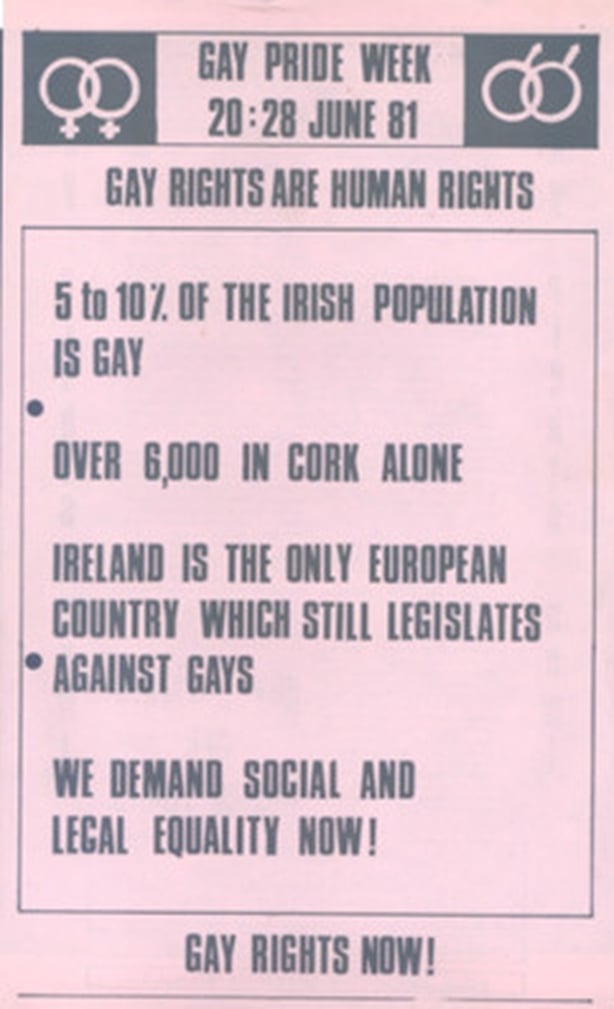
Ultimately, this book is a fascinating, heart-breaking, joyful celebration of Ireland’s long and storied queer history. Although a worthwhile read for everyone, Kerrigan particularly hopes it finds a place in the hearts of those within the LGBTQ+ community.
“Aside from the world and its mother,” he laughs, “I had two people in mind when I wrote this book.”
“One, the people who lived through this, to let them know that their story is recognised and powerful and we remember what they did. I want to give them that moment.
“Secondly, I’ve written this book in a way to be really accessible, it’s not only to get a younger queer generation, but just a younger generation in mainstream Ireland to recognise that queer history in Ireland is Irish history. We need to acknowledge that and celebrate the light and the dark of it.”
Reeling in the Queers: Tales of Ireland’s LGBTQ Past by Páraic Kerrigan is on sale now.










